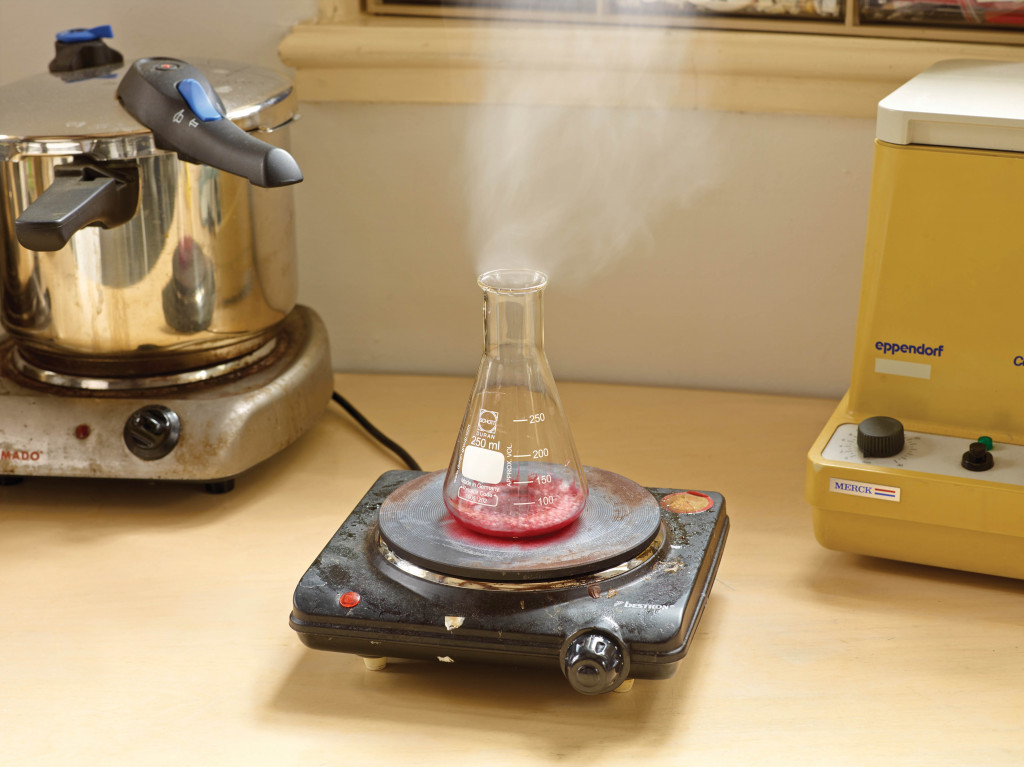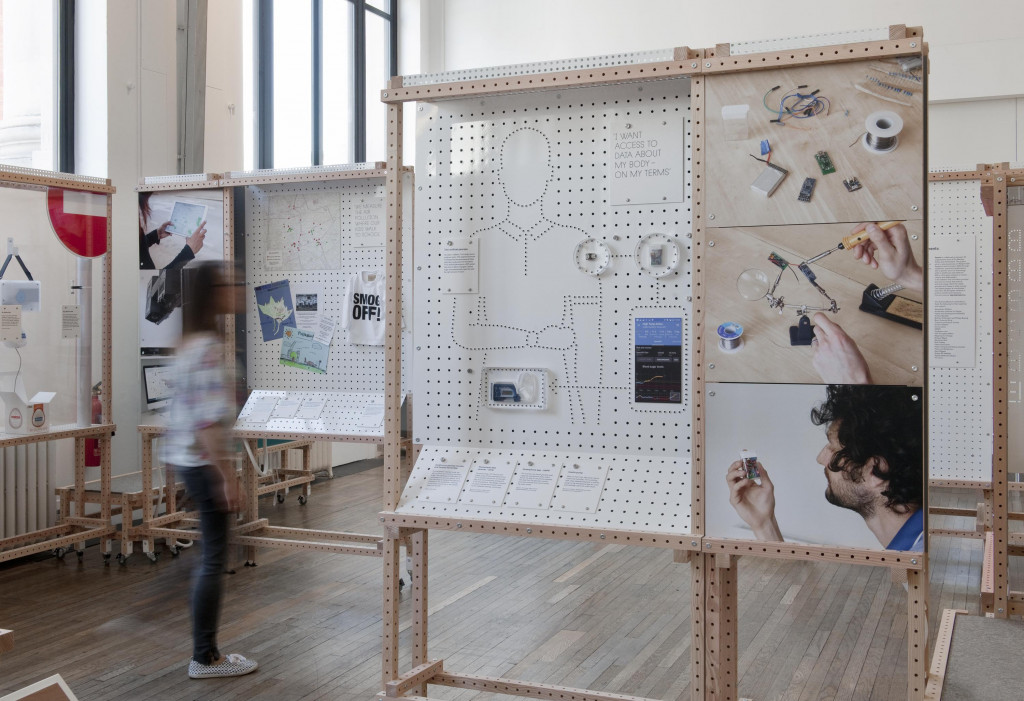Pieter van Boheemen runs Open Wetlab, one of the case studies being explored as part of the Science Museum’s new exhibition, Beyond the Lab: The DIY Science Revolution.
Exploration and discovery is super exciting and it becomes even better when done together. That’s why we have an open public laboratory in Amsterdam where anyone triggered by the prospect of possibly finding something new can start experimenting. The laboratory focuses on biology, because that’s the field in which there is still so much unknown and it may hold the key to solving grand challenges such as climate change, energy supply, hunger and disease. For example, at the moment a number of regular users are searching for new antibiotics.

Antibiotics are drugs that can cure microbial infections, such as pneumonia and urinary tract infections. However, since the microbes that cause these diseases are able to adapt, the drugs become ineffective over time. This is why there is a constant need for new antibiotics.
In our lab we host weekly open evenings and often special workshops to which anyone is invited with an interest in joining this search. We dug into soil to look for antibiotics, made extracts from plants and recently started exploring the potential use of insects. And since our lab is close to Amsterdam’s Chinatown, an interest has grown in unraveling the mysteries of traditional Chinese medicine.
Especially an extract from a fungus called Cordyceps militaris has sparked some enthusiasm. It is known for turning ants into zombies, by growing parasitically on their bodies and a powder of these fungi can be found in Chinese pharmacies. Zoran Radiceski, a regular user of the lab, has pitched the idea to cultivate the fungus at an opening evening. Others were intrigued too, and now we have multiple petridishes with Cordyceps militaris growing in our incubator. Ready to make extracts and test against reference strains.
It is an excellent example of how community biolabs work. The audience of a typical open lab evening attracts people from very diverse backgrounds: biologists, engineers, artists, designers and other people with a curious mind. Together they come up with research questions, often about something they have been wondering about for a very long time. And together they come up with a plan to take action.

Sounds like an expensive hobby? Not really, actually. Although the equipment in a professional lab can easily add up to tens of thousands, others within our biolab community work on making lab equipment themselves. Assembled as much as possible from off-the-shelve parts combined with parts they design themselves and create using a 3D printer or lasercutter.
That’s what we did to produce the setup of devices and plates that are now on display in Beyond the Lab: The DIY Science Revolution as well. The incubator, centrifuge, microscope and spectrometer can be made in any workshop. The centrifuge is for example made from the rotor of a toy helicopter and the lenses in the microscope are taken out of a disposable camera.

And now that the antibiotics research is scaling up we clearly need a new device: an automatic antibiotic testing machine. Because pouring all those petridishes, introducing extracts and reference microbes by hand is a lot of work. However, it does remind us that discovery does not come easy.
Beyond the Lab: The DIY Science Revolution is a free exhibition, open at the Science Museum until 4 September 2016. The exhibition is funded by the Horizon 2020 Framework Programme of the European Union and will go on a European tour following its run at the Science Museum.